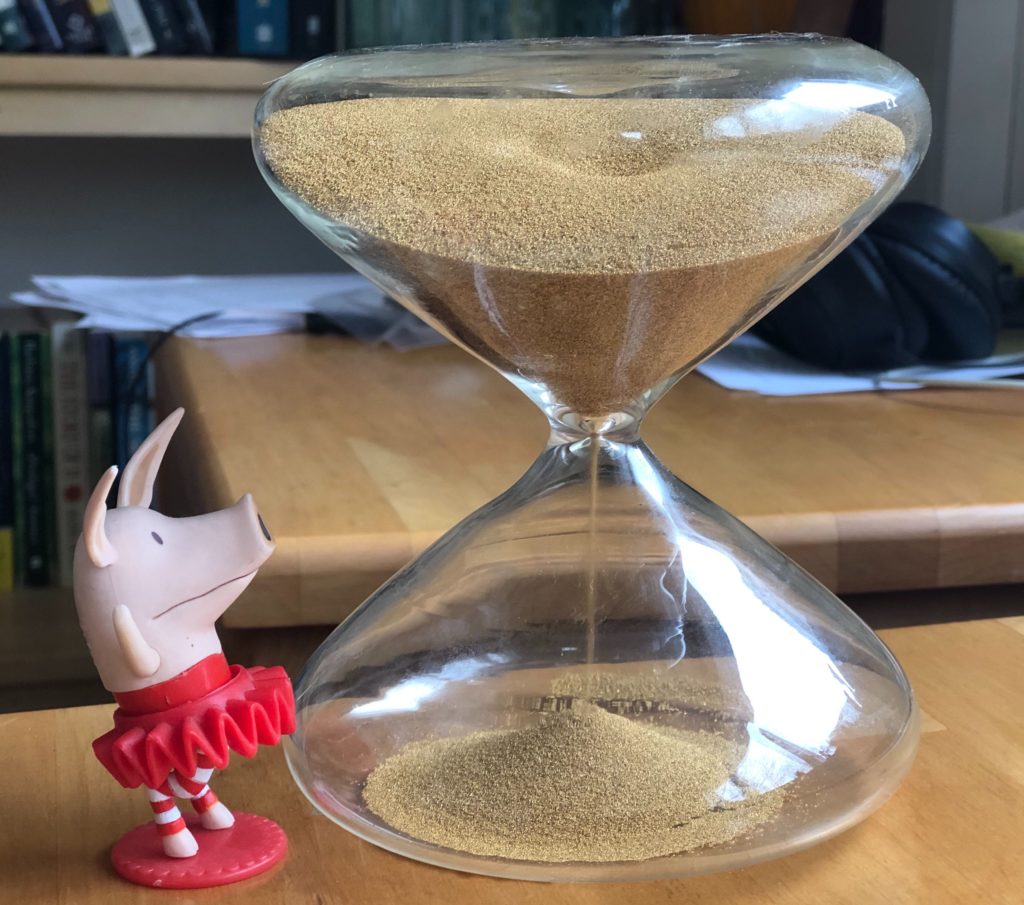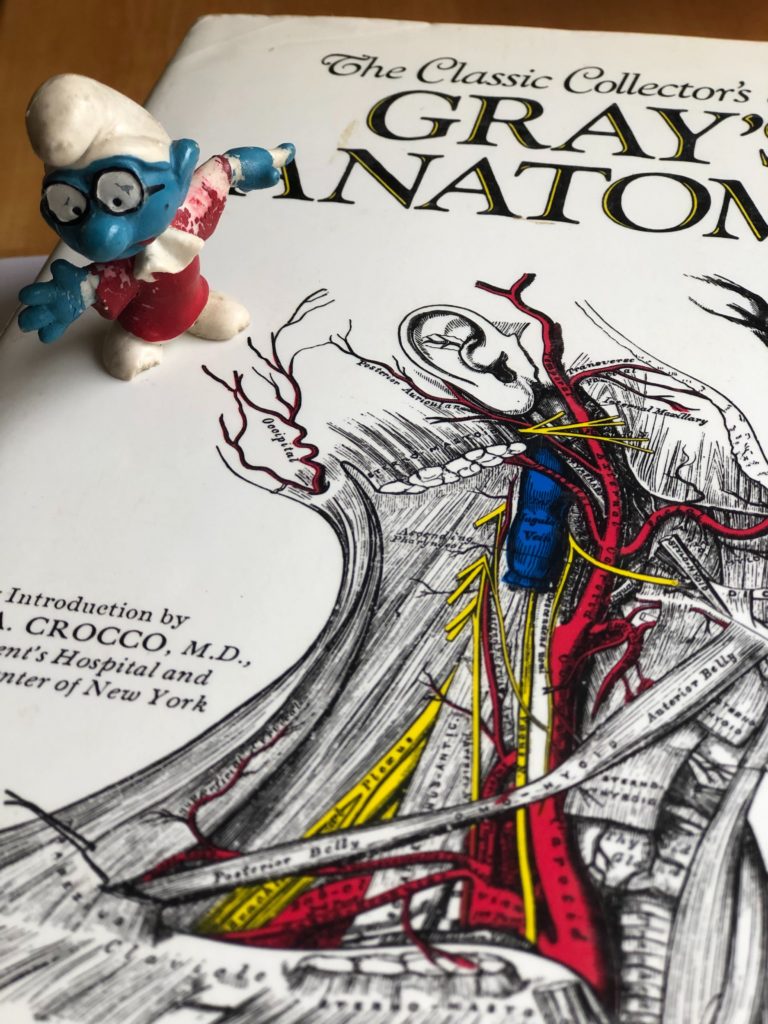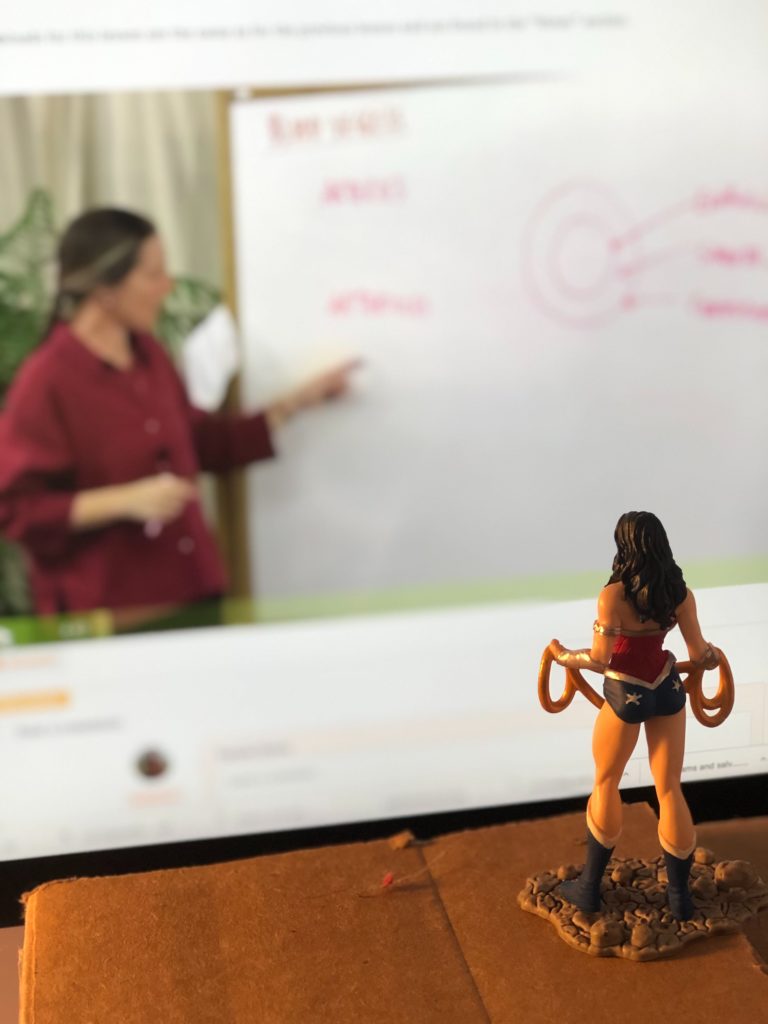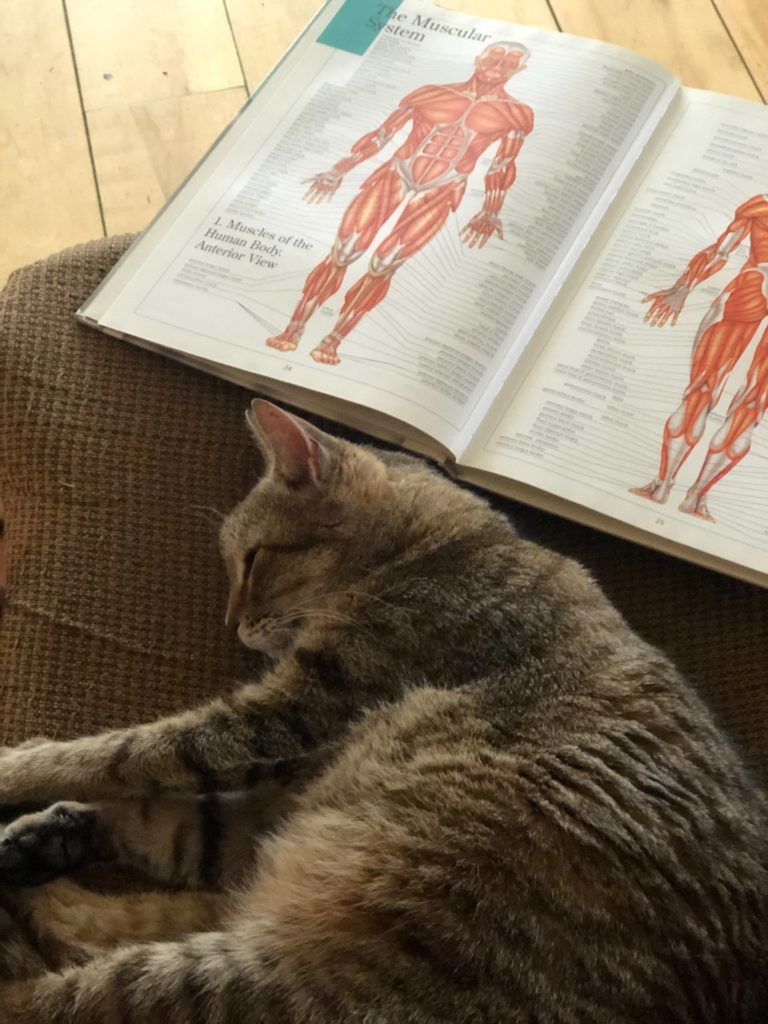Why You Get Stuck Learning Anatomy & Physiology and What To Do About It
Recently we wrapped up our big annual survey and the results were fascinating. What a great learning tool for me as a teacher to read the 317 answers to the question, “Where do you get stuck in your learning?”
I have always appreciated the feedback I’ve received over the years as a teacher. I believe, and have told my students, “your feedback is making me a better teacher, and whatever course I’m teaching, a better one.”
The recent feedback is no exception. I’m already coming up with ideas on how to make the learning better for you and other students.
My job as an instructor is not just to give information – it’s to show you the kind of transformation you can expect when you get to the other side.
This article is a response to the top answers to the question “What’s holding you back from learning?” and a few responses to help you on the way.
I don’t have time
The number one answer is some version of, “I don’t have enough time.”
I get it. Time is a precious commodity and how we spend it is a contributing factor to our health and well being.

It may be true that you don’t have 3 hours a night to spend studying – few people do. It’s important to remember that learning doesn’t always have to be grad-school style. We’re learning every moment of every day – and sometimes I think the real barrier is perfectionism.
The perfectionist part of us says “why study for 5 minutes when I should be studying for three hours?”, and then studying doesn’t happen.
The truth is, these smaller chunks of time can really add up. Some of our most successful students have found ways to combine their learning with other things like doing dishes or commuting.
Right now learning has become more accessible than ever, which is a blessing and a curse.
It can feel overwhelming to have so many options – which is partly why I love offering courses. A course is the opportunity to present material in a structured way. The A&P course, for example, is accessible all the time, but has an 8 week component that happens every winter. This provides structure for someone who wants to buckle down and earn some credits – but leaves it open for students who want to have the lessons playing in the background so they can just soak it up.
Without structure and learning habits we get exhausted by all the information.
Along with time, motivation runs the show. It’s the north star. The trick is figuring out what your WHY is. WHY do you want to learn this? What difference will it make?
When I teach a full Anatomy & Physiology course I tell students, you’re not going to be interested in every system. You won’t get all lit up over every fact, but there will be some systems that you can’t get enough of.
Perhaps you’ve had an injury, or your loved one is suffering from digestive issues. You will want to know more so you can feel better or help others feel better. We are all interested in different things at different times. That’s the human experience.
Knowing our motivation and keeping it in the forefront will help us stay the course when we just want to go do something else.
An underlying motivation for me has always been I love understanding how things work. What’s yours?
The content is too difficult

I got you on this one.
I absolutely KNOW you can learn this material.
The idea that A&P is too difficult is a big part of the western cultural message “Daddy will fix it”. I talk about this in my mini-course Physiology with Heart. The idea is this… your body is too complicated for you to understand, so leave it to the experts.
This is incredibly disempowering, harmful to our health, and completely false.
I’ve taught thousands of students and the ones who think it’s too difficult are my favorites. Here’s my promise, “I guarantee you will learn the material if you show up, are present for the lectures, and you practice.”
Your task is to figure out how you best show up, can be present for the material, and practice.
The best part about overcoming this barrier is the increase in confidence that comes with it. You’d be amazed at what you can accomplish in the right environment with the right support.
I lack certain skills
The second major category of responses were all some version of skills needed for learning – but I wonder if you realize these are “skills” rather than character flaws.
Learning is one of the most exciting parts about being human! Yet so many people carry shame around the process of learning itself. The good news is, we can learn our way around it.
Skills can be taught and learned.

Overcoming distraction, obtaining some organization, overcoming overwhelm, not going down rabbit holes, and creating clear goals can all be accomplished by learning a few skills and practicing them. Because these skills are so important, there is a section of my A&P course specifically to help students evaluate and improve their own studying skills.
The myth is that all of these skills are beyond your reach – that you either know how to do them or you don’t. It’s simply not true.
You might not have learned HOW to organize. Or perhaps you didn’t have the motivation/need to create a clear goal. We are an efficient species. We don’t learn things usually until we need to. So perhaps now the need is arising. The hard thing for us adults is we are frustrated when we don’t know how to do the skill RIGHT NOW.
Practicing is crucial to learning. As adults we become frustrated, lose interest or judge ourselves when we don’t “get it” on the first try. Once we overcome this self-judgement is when the learning scales tip.
Acquiring new skills require us to do the thing over and over. You have TONS of experience with this. You just may not remember.
Can you imagine if a toddler gave up and stopped trying after the first attempt at walking? “Forget it! I can’t do this walking thing!” Silly I know.
The added difficulty we have as adults is we are sometimes not just learning something new, but needing to unlearn an old habit or skill and then replacing it with the new. Or we have a bias about it. “I have never been good at organizing and therefore never will be.”
I have heard this over and over. “I have never been good at science.”
You are my favorite people because I KNOW you can learn it. I’ve seen it over and over.
Confusion About Learning Styles
There are many different ways to learn. Our educational institutions favor one way – but most of us don’t learn that way (Let’s save that rant for another day) 🙂
So here’s the annotated version. We can’t learn by simply consuming. We need to be participants and instructors also need to understand how to teach – it’s not enough to just compile a bunch of information and throw it all over the place. A well designed curriculum is tested and adapts to help learners achieve transformation.
Instructors have a responsibility to design their curriculum, exercises, community, and assessments to help their students achieve the transformation they signed up for.
For example, the Herbal Apprenticeship Program at Heartstone combines a variety of experiential learning with take-home information to help learners develop their connection to the plant realm while also learning the fundamentals of the human body through the Anatomy and Physiology course.
The online A&P program leverages the benefits of recorded video classes. These lessons can be fun and entertaining, but we hear all the time from students who love that they can watch and re-watch the material to really let it soak in.
As we wrap up this article I want to expand on a 3 step framework to help your learning.
The first step is getting the information in
Maybe you need to get into a comfy position on the couch and knit while you listen/watch me pace back and forth on the screen. Maybe you need to take notes. Or draw a picture. Or talk back at me on the video as I go. (Please don’t do this last one in live classes.) 😉
I cannot sit in at a lecture without taking notes. The act of writing and drawing keeps me engaged. And if my body is not comfortable, forget it!
My preference is to move. Why do you think I stand and pace during lecture? If you ask me to sit down I can’t think. Seriously.
Figure out how you best take in the information. You might need to try different things at first.
Online programs are amazing because students have the ability to reference materials over and over, in different formats, on different devices, whenever. I love hearing all the fun ways students are able to make learning part of their daily lives.

Second, practice the information
You will retain the information when you practice it.
Yes, the old school vocab lists where you write the definition over and over is one way to remember. Speaking it out loud also helps some folks. Teach the parts of the cell to your toddler or your cat or take your study partner for a walk and chat about what you just learned. Draw a diagram. Put Post it notes all over the house.
The practicing of the information is where adults get hung up. When we learn a new language, it’s about repetition and practice. (and somehow we’ve forgotten we must repeat things.) Learning science is a new language that must be practiced.
One of the best ways to get practice is by learning with friends, or a group of students you make plans to study and discuss material with.
Every year we do the 8 week live sessions for the Online A&P course, but this year we’re actually going to help match students into cohorts, small learning groups you can choose to participate with as you work through the lessons.
Third, integrate it
How does this information relate to me in my life? How can I apply this knowledge to my life? Can I teach it to someone? Can it help me do something else?
There is only so much an instructor can do to help students apply their knowledge after the class – that’s up to you. But we are always looking for ways to improve the courses.
This year for the Online A&P Program we’re introducing 4 live workshops to give students hands on exercises in real life.
Even in an online program, there are ways to get creative and make things hands on. We pair this with assessments to give students a chance to test what they’re learning.
But this is about you. What will you do to apply learning as you consume it?
What are the barriers that get in the way of your learning? How will you overcome them so you can really thrive as a human being?
Okay, as always, thanks for reading.
Let’s do this.
Tammi
P.S. Do we have time for a quick book reference?…
If you want to help yourself learn, help your children learn, and be a better person in relationships, see Donna Markova’s book, The Open Mind. It’s a life changer and forms the basis of my teaching philosophy (and really helped me be a better person).
